
There were many times during my full-time trimming days that I felt like a broken record, saying the same thing over and over to clients when it came to taking care of their horses’ hooves…
Often when something is happening to our horses, we just want to make them feel better. So doing something quick, easy and topically is the norm. But there is usually more going on and if we just look a little deeper, we can get at the cause of the problem. Then take steps to remedy it.
Before we get into the solutions, let’s take a look at what is happening in the hoof in terms of an abscess. The connection between the hoof wall and internal structures is made up of laminae. These are finger-like protrusions that when healthy, have a very strong bond and hold the outer wall tight to its internal structures.
When we look at a healthy hoof, we can see smooth, tight hoof wall growing down from the top at the coronary band. When the hoof is fed well with adequate minerals it is a work of art! It is when imbalances occur that inflammation can result causing the laminae to become weak and lose their strong connection. In this weakened state, it is easy for an overgrown hoof to work as a lever to pry the wall away from the sole at ground level. When this happens, it is easy for dirt and debris to make its way up into the hoof.
If you’re a little fuzzy on some of this and would like to know and see more, check out the free workshop in my The Hearts of Horses: Empowering Through Holistic Care community. There are videos that introduce you to the parts of the hoof as well as the internal structures as shown on a mustang cadaver hoof.
In order to get at the source of the abscess issue, we must deal with the inflammation first and remove the cause of it. The number one thing, that many do not realize, is the amount of sugar in our horses' lives have everything to do with their hoof health. Finding the sugars in their hay, grass, grains, supplements, trees containing sugar in their bark within their living space, treats… and removing them will stop the inflammation. Each horse will be different in their thresholds but as their caregiver, it is up to you to figure out their specific needs.
Once the sugar has been removed, make sure your mineral levels are good. Test your hay to see what may be low or missing in your area. Feeding a good supplement is helpful (we cover this in the holistic care community too!). Feeding the hoof is everything!
Another helpful piece to this abscess puzzle is movement. A key part of helping a horse to move out of the discomfort of an abscess is to allow them to move (vs. stall rest). The more the movement, the more the blood flow, the quicker it resolves. Generally, an abscess will last 7-10 days. Set up your horse’s environment so that he is allowed to move yet protected from harm from the other horses.
A third, key piece to this puzzle is their trimming schedule. Getting your horse trimmed based upon their rate of growth and how much they self-trim is beneficial to them. Knowing when the hoof needs to be trimmed is something you must learn to recognize (check the free workshop for help here too!). This will help you to know the appropriate time frame for trimming your horse.
Learning more about the hoof so that you can have a conversation with your hoof care professional will be a huge benefit. You see your horse daily, do all their care and can recognize subtle changes in them. Being able to have a conversation with your hoof care provider about any changes will be most helpful to them for your horse’s care.
If you’re interested in learning more or would like to learn to trim your own horses, grab my course here. It will give you all the tools and information you need for you to learn to trim your own horses’ hooves. When you use the code 50off you can purchase at half price.
Finally, soaking the hoof that is experiencing an abscess. I have found soaker boots extremely helpful and easy to use. As a former EasyCare dealer, I started with the Easy Soaker and really like it. I also use an Rx boot when I need to keep things clean and covered up.
A few of the items I have found most helpful in the soaking process are Epsom Salt, Thieves Household Cleaner, an essential oil blend called Melrose for cleansing and Wintergreen to help with the discomfort. Just a ¼ cup of the salt, half a capful of the Thieves Cleaner, 4-8 drops or so of Melrose and the same for Wintergreen. Add warm water (about a quart) and pour into the boot (which is already on the foot!). I let them soak for 20-30 minutes.
A few of the items I have found most helpful in the soaking process are Epsom Salt, Thieves Household Cleaner, an essential oil blend called Melrose for cleansing and Wintergreen to help with the discomfort. Just a ¼ cup of the salt, half a capful of the Thieves Cleaner, 4-8 drops or so of Melrose and the same for Wintergreen. Add warm water (about a quart) and pour into the boot (which is already on the foot!). I let them soak for 20-30 minutes.
I hope this has been helpful for you and if you haven't already, I hope you will join us in our holistic care community.
Marta
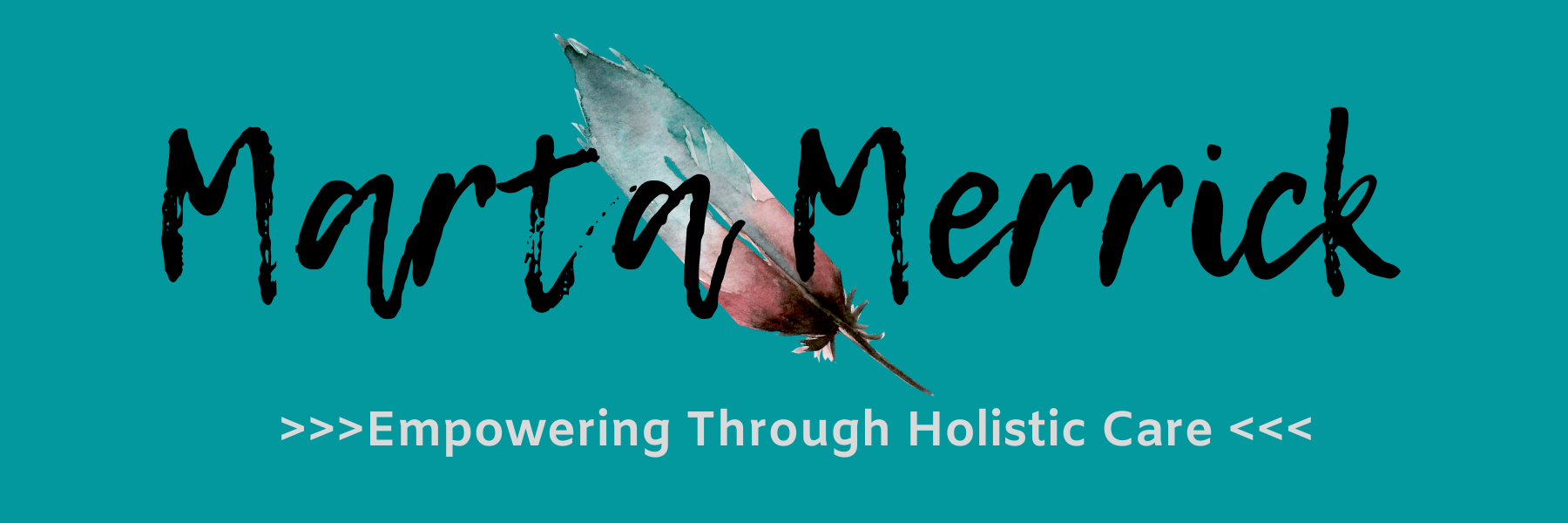

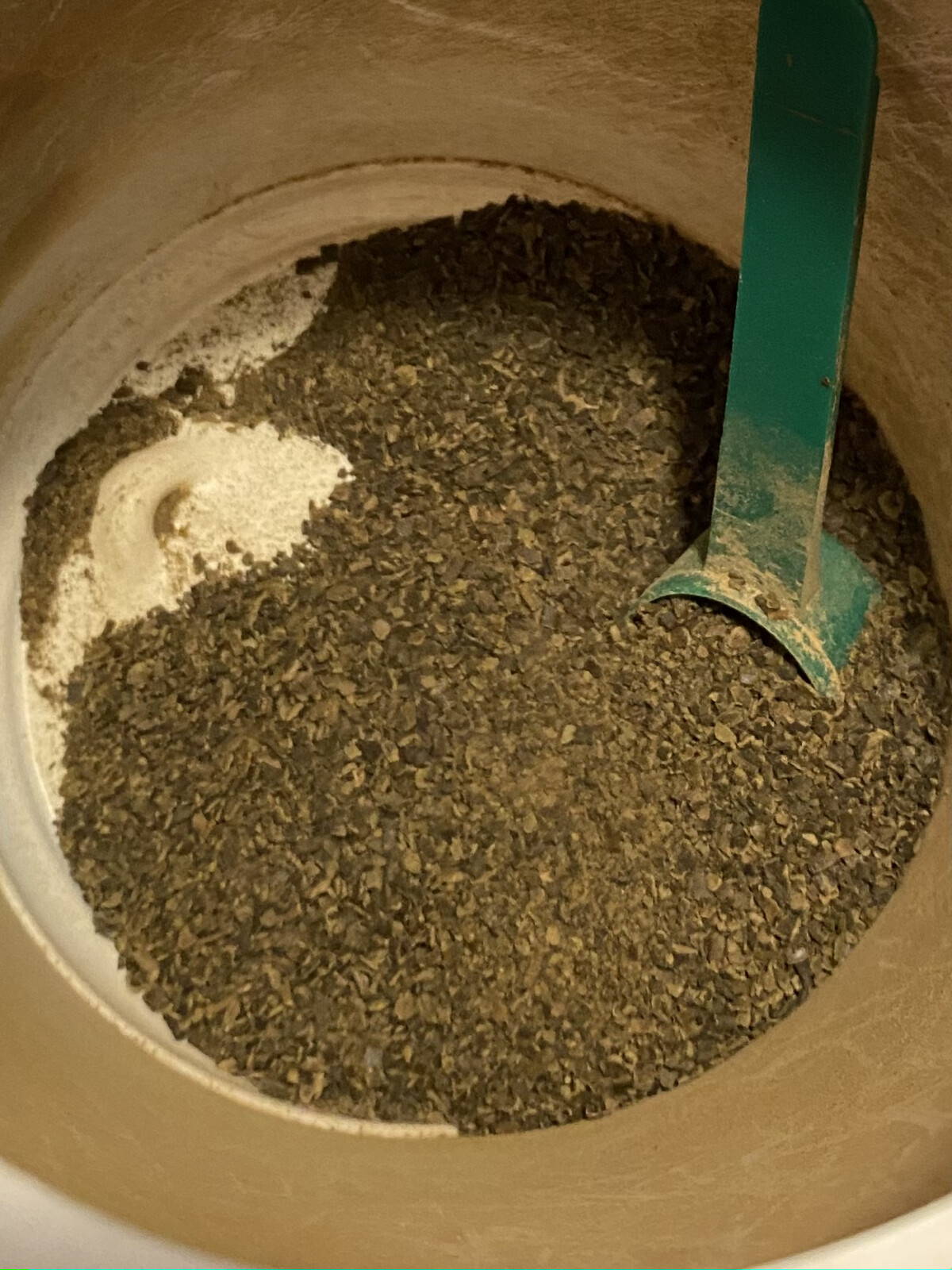
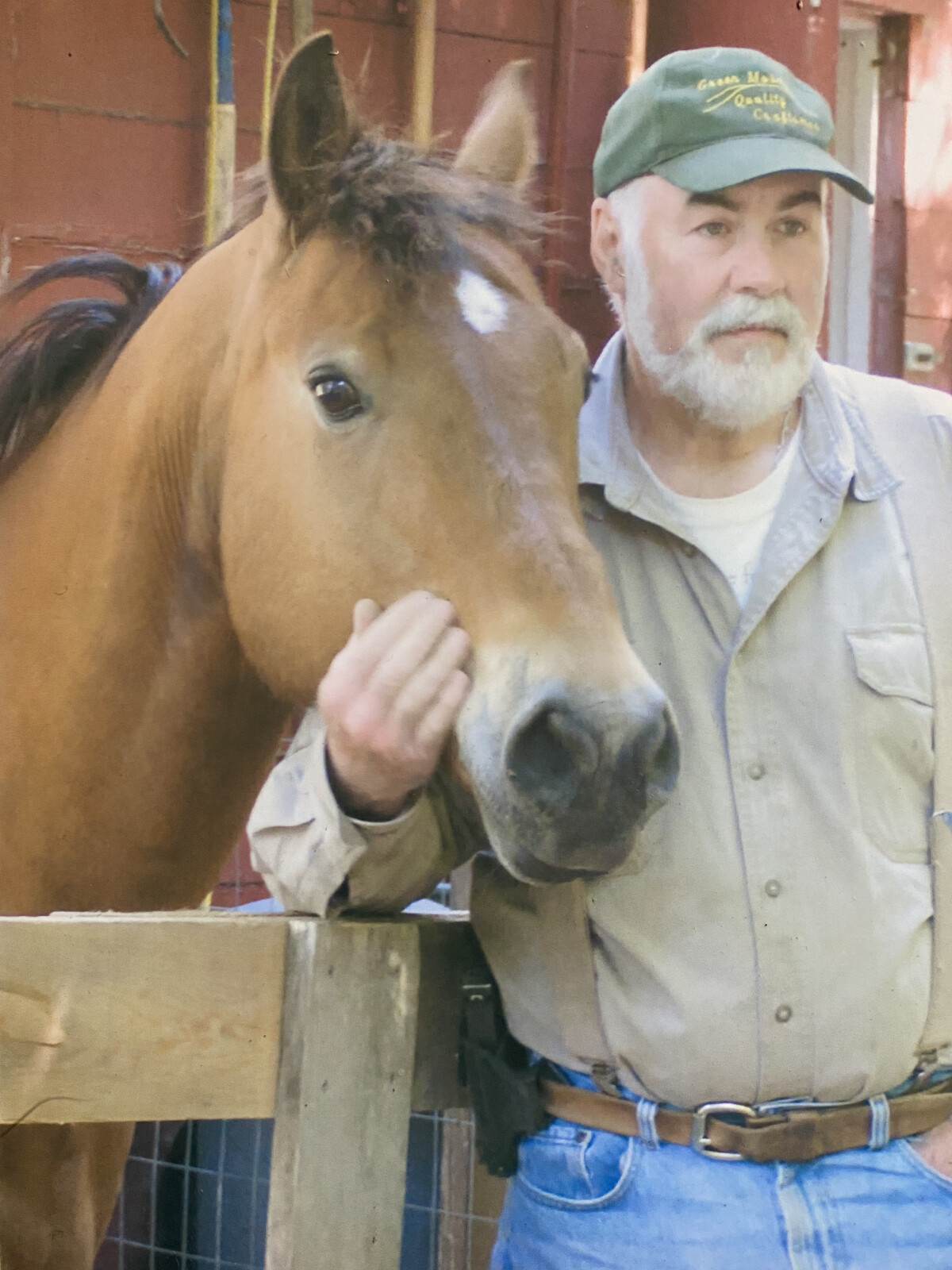
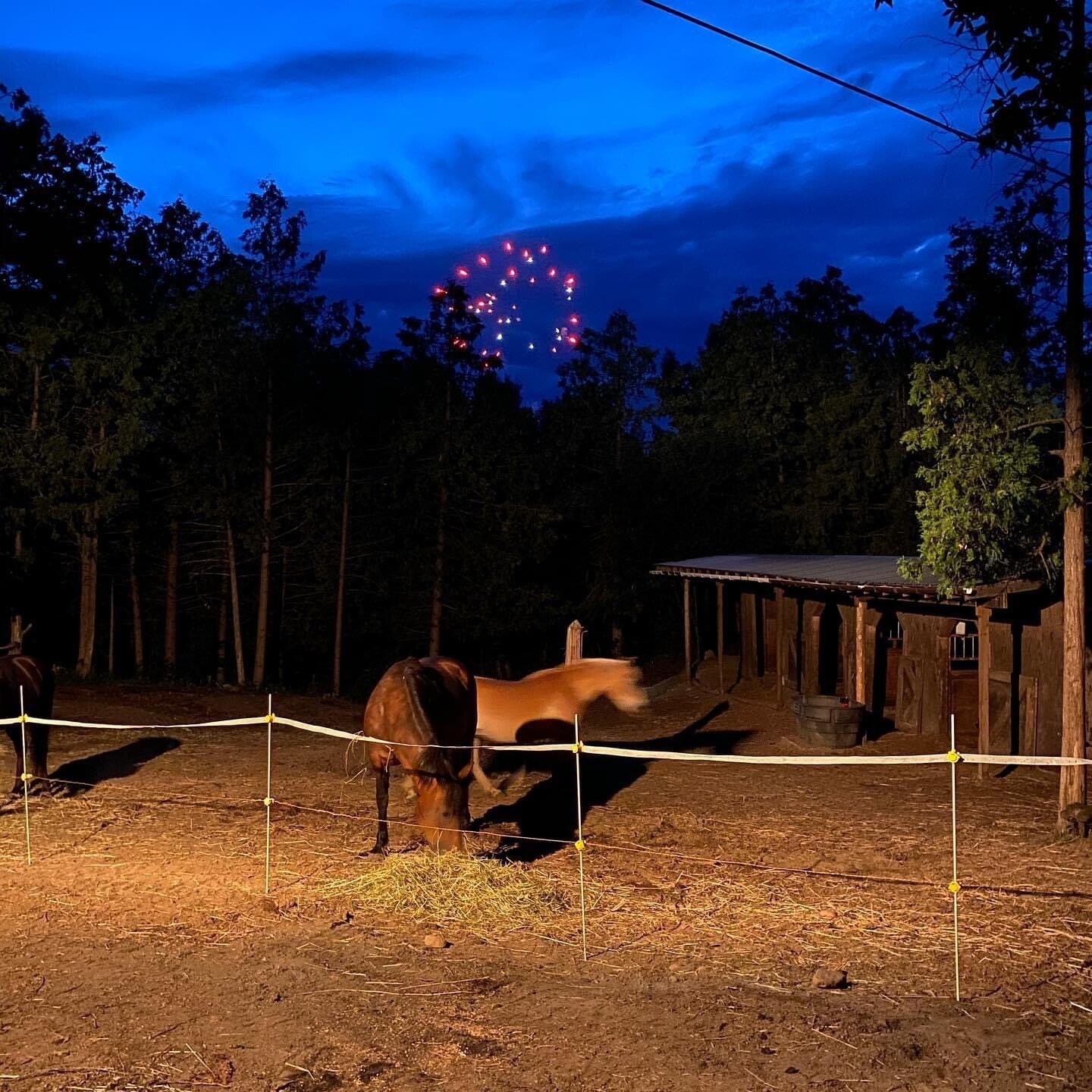
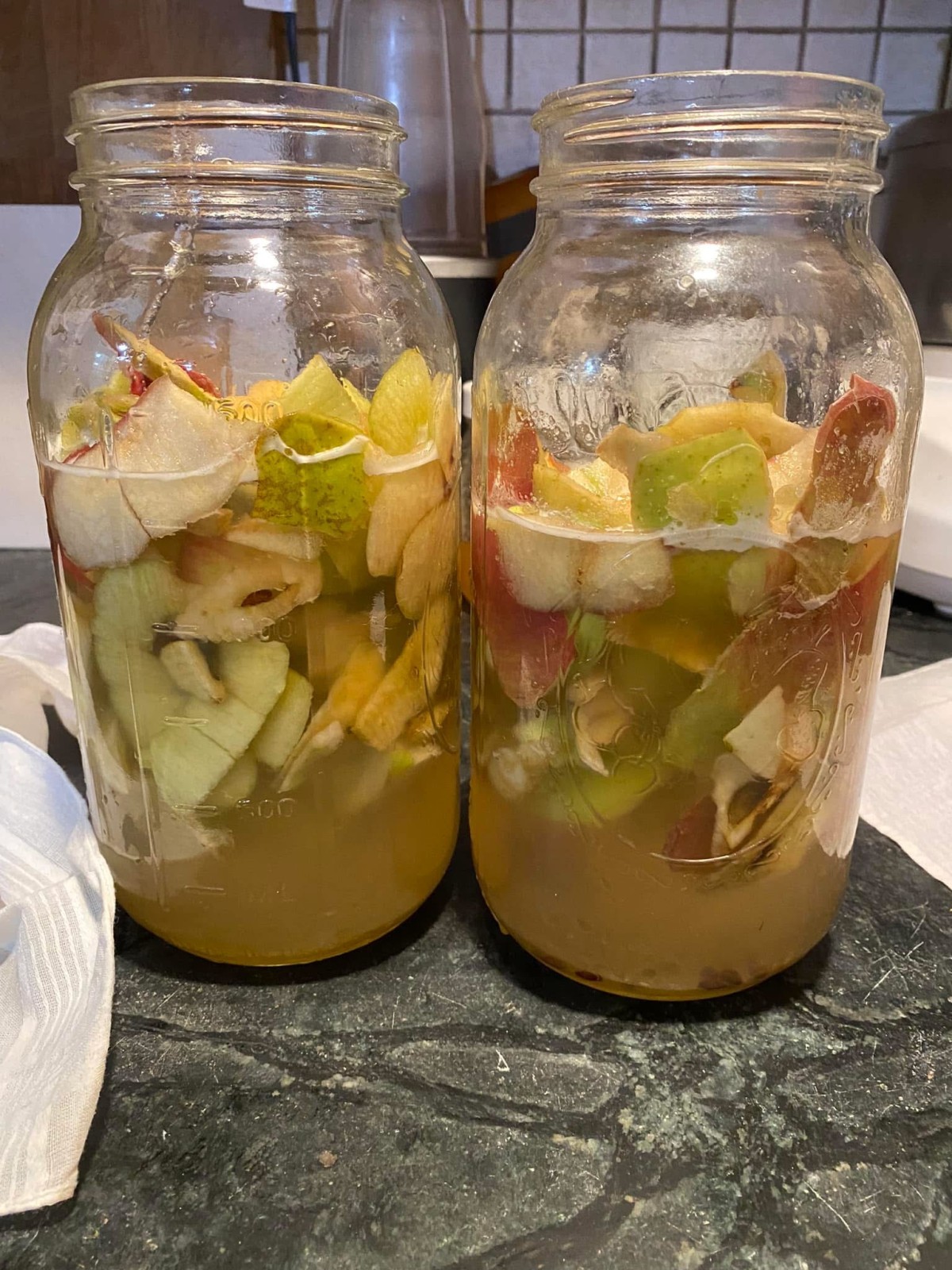


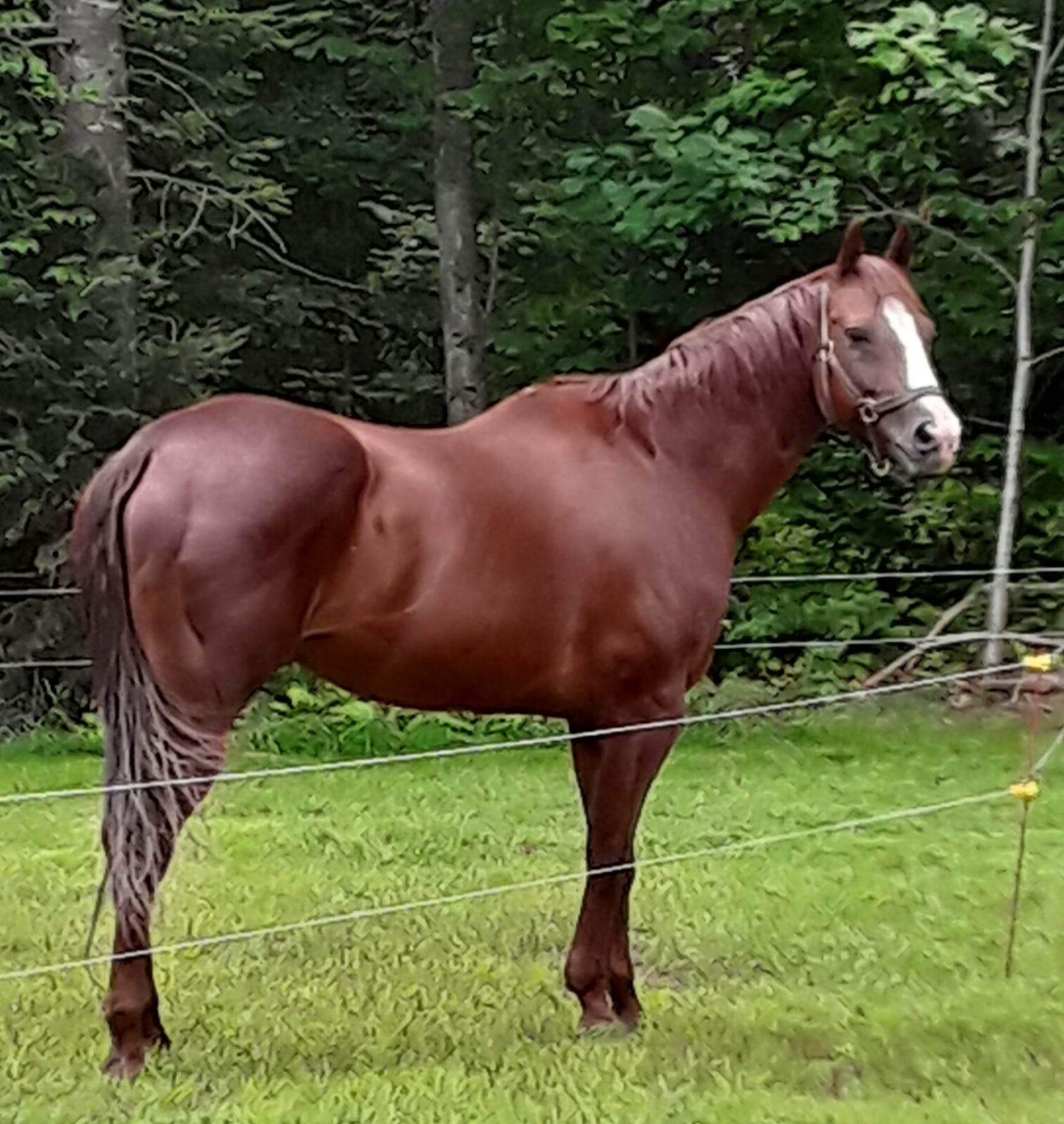
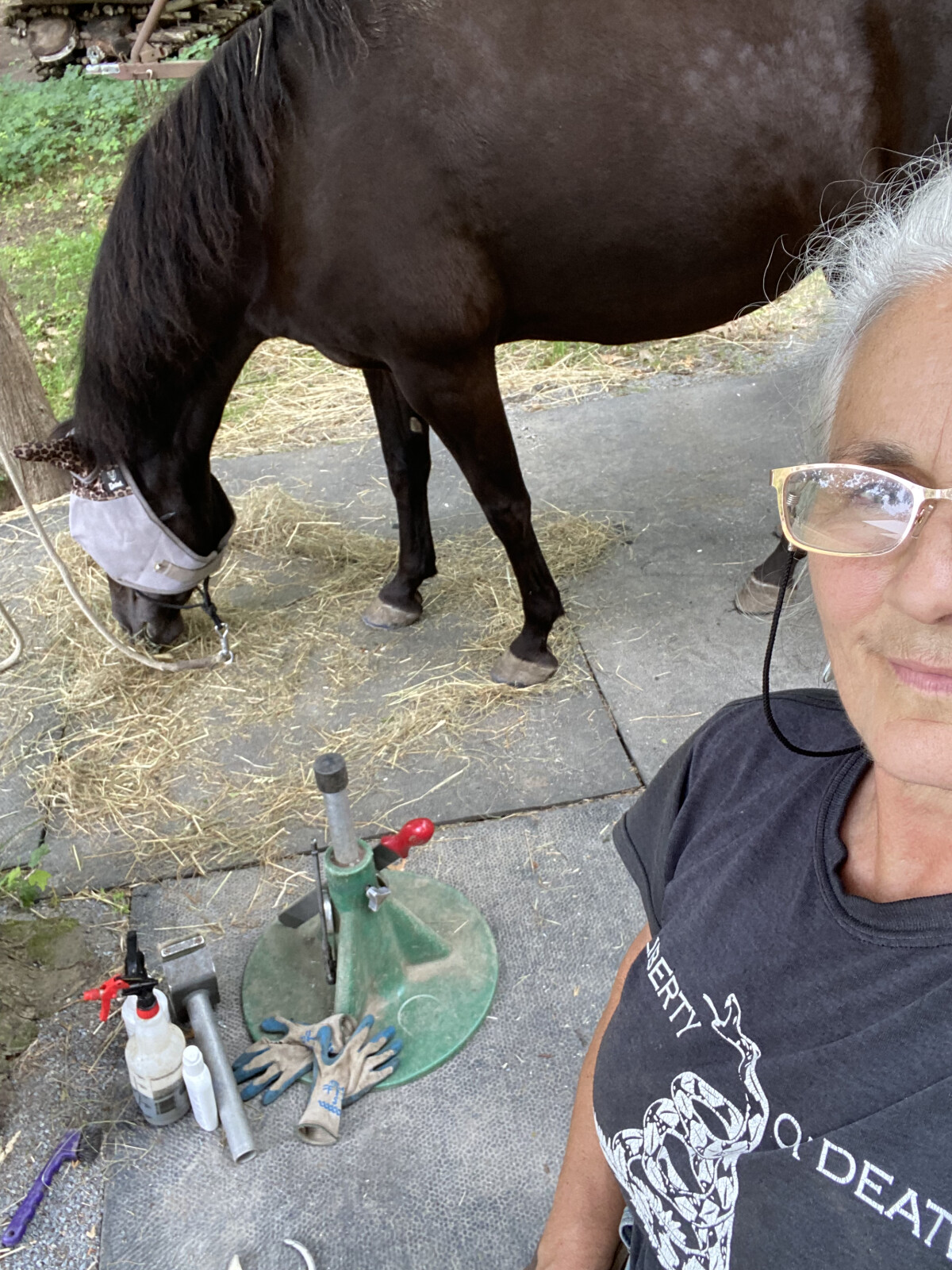
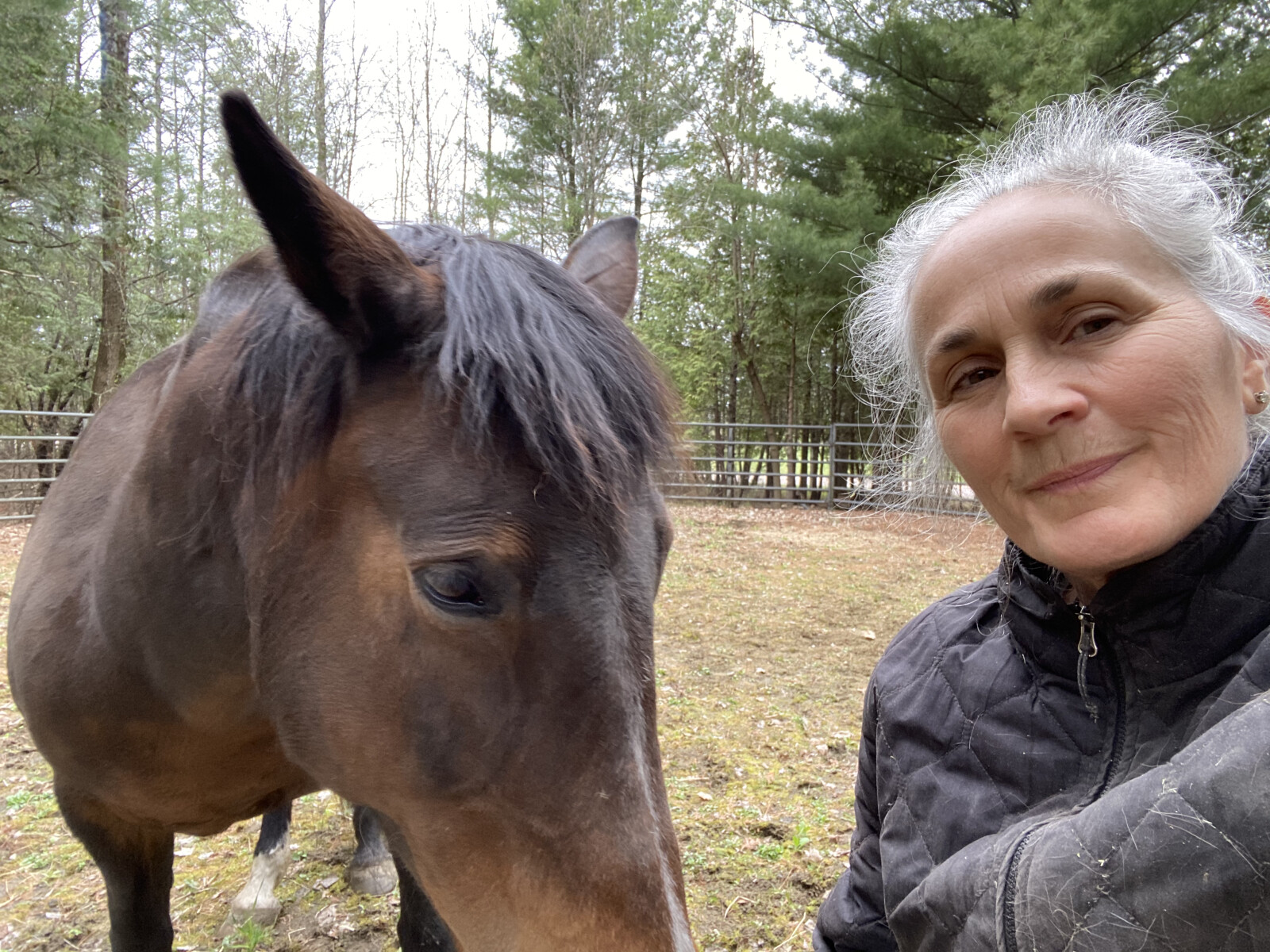
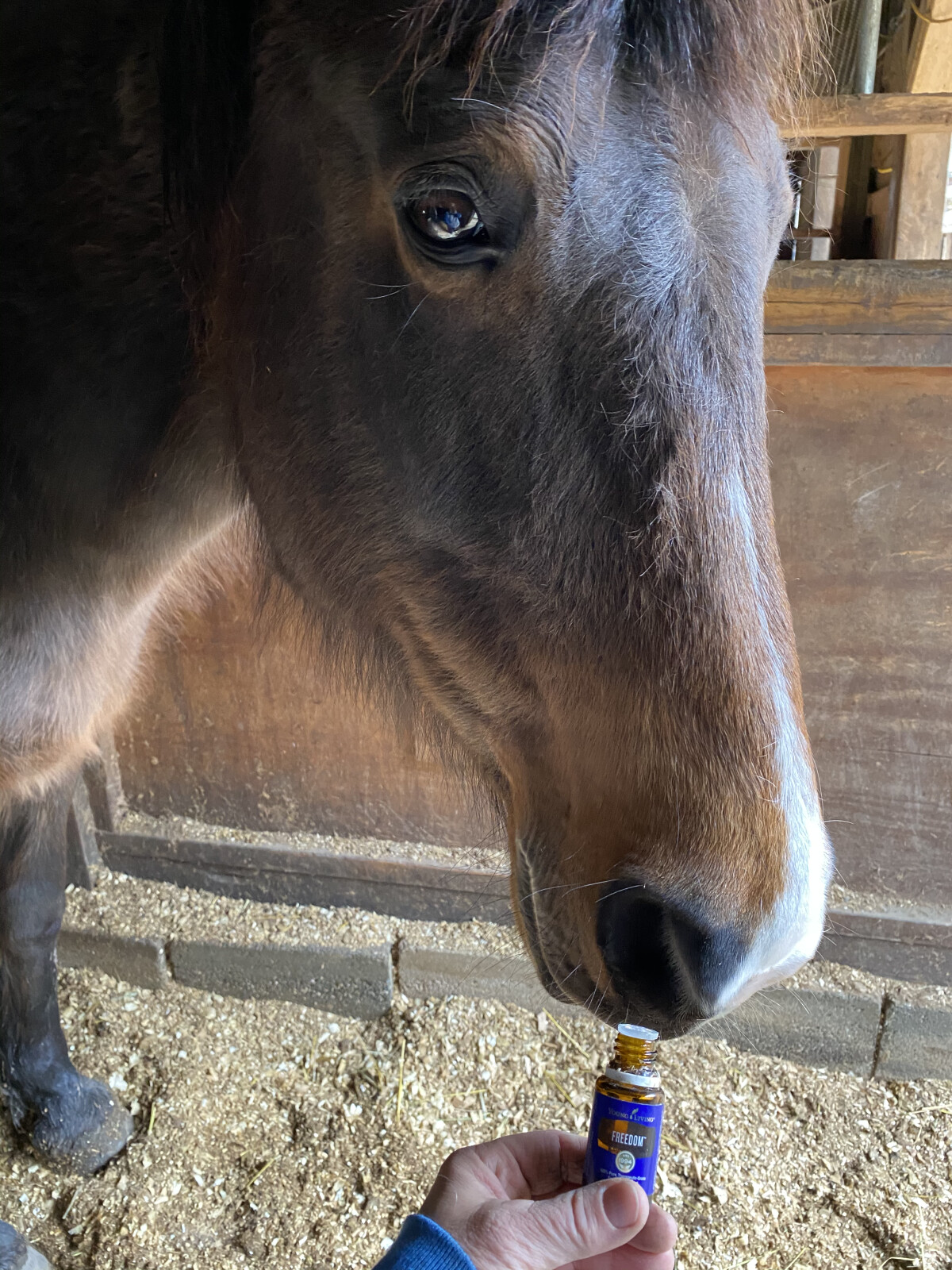

1 Comment